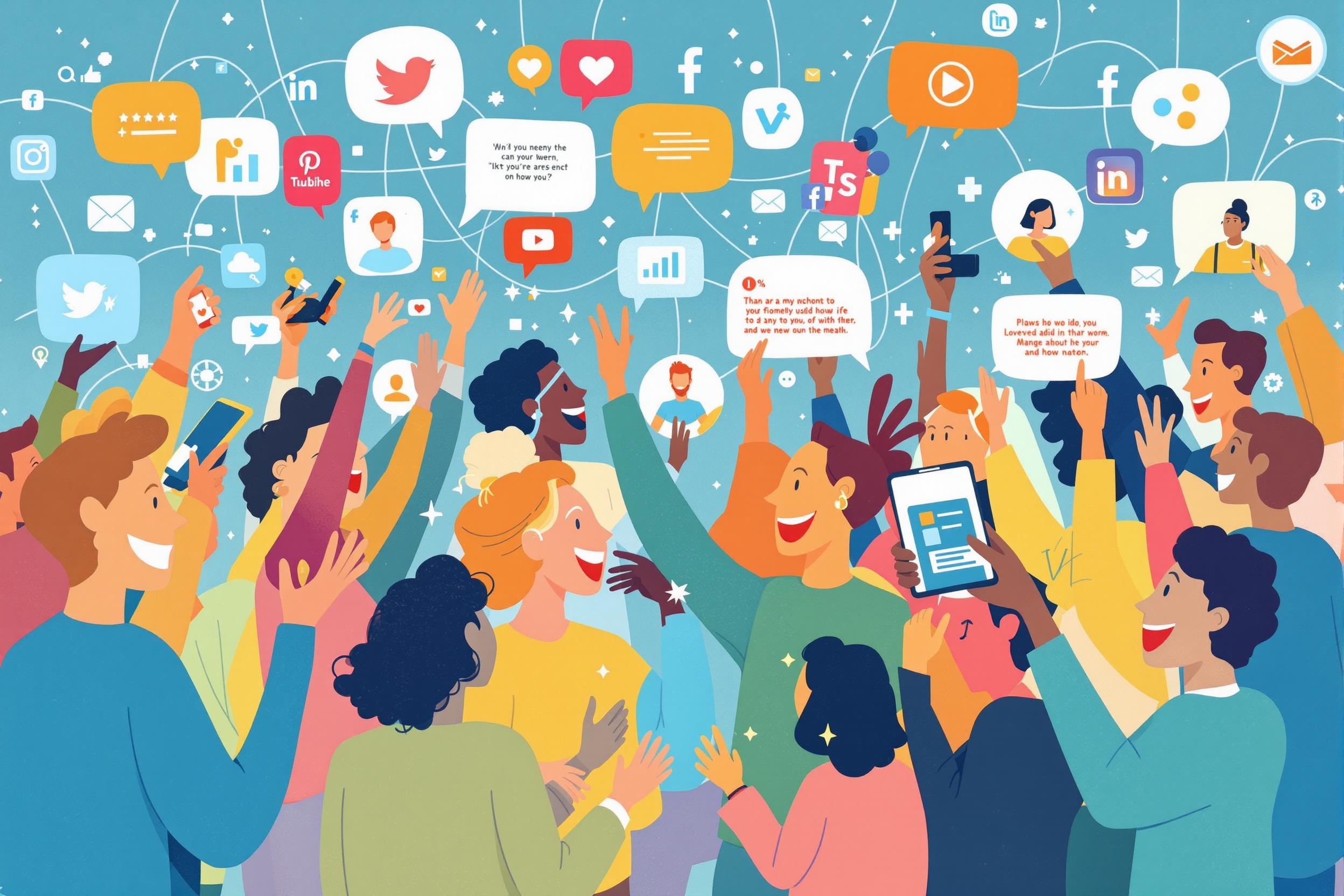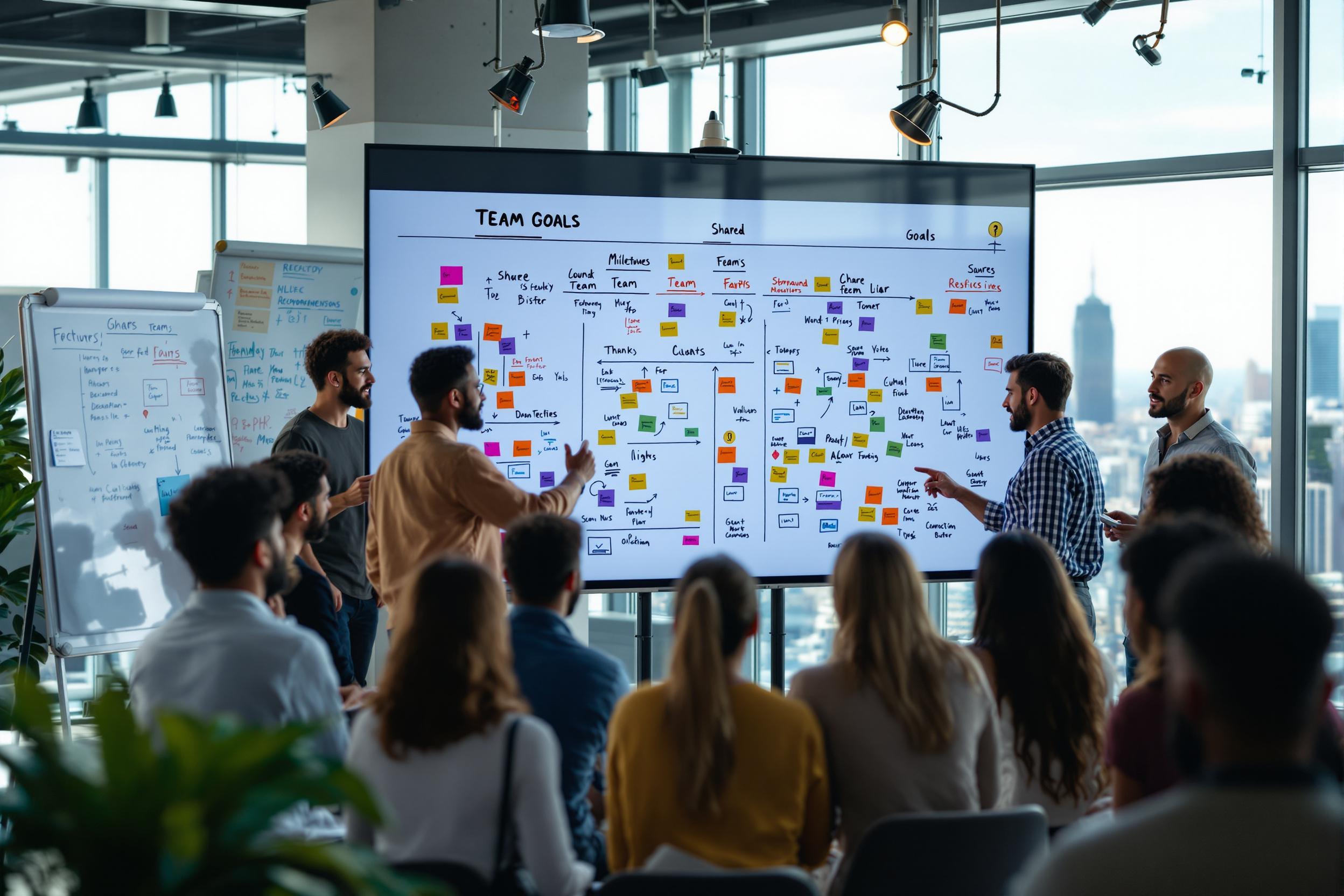
Public Diplomacy
Public Diplomacy is how governments connect with people in other countries to promote understanding and build relationships. Unlike traditional diplomacy that happens between government officials, public diplomacy focuses on engaging with regular citizens, students, journalists, and community leaders abroad. It includes activities like cultural exchange programs, educational scholarships, media outreach, and social media engagement. Think of it as a country's effort to tell its story and build its reputation internationally, similar to how companies do public relations, but at a national level.
Examples in Resumes
Managed Public Diplomacy programs reaching over 10,000 foreign citizens through cultural exchanges
Led Public Diplomacy initiatives including social media outreach in three languages
Coordinated Public Affairs and Public Diplomacy events at U.S. Embassy involving local media and community leaders
Typical job title: "Public Diplomacy Officers"
Also try searching for:
Where to Find Public Diplomacy Officers
Professional Organizations
Job Boards
Professional Networks
Example Interview Questions
Senior Level Questions
Q: How would you design a public diplomacy strategy for a sensitive regional crisis?
Expected Answer: Should discuss comprehensive approach including media strategy, stakeholder engagement, cultural sensitivity, crisis communication plans, and coordination with various diplomatic channels while maintaining consistent messaging.
Q: How do you measure the success of public diplomacy programs?
Expected Answer: Should explain various metrics like audience reach, engagement levels, attitude changes, program participation rates, media coverage analysis, and long-term relationship building outcomes.
Mid Level Questions
Q: What role does social media play in modern public diplomacy?
Expected Answer: Should discuss how social media platforms are used for direct engagement with foreign audiences, message amplification, cultural exchange, and rapid response to international events.
Q: How do you adapt public diplomacy programs for different cultural contexts?
Expected Answer: Should demonstrate understanding of cultural sensitivity, local customs, language considerations, and how to modify programs to be effective in different regions.
Junior Level Questions
Q: What is the difference between public diplomacy and traditional diplomacy?
Expected Answer: Should explain that traditional diplomacy involves government-to-government relations, while public diplomacy focuses on engaging foreign publics through cultural programs, education, and media outreach.
Q: What are some common public diplomacy tools and programs?
Expected Answer: Should mention educational exchanges, cultural events, media engagement, social media outreach, language programs, and community engagement initiatives.
Experience Level Indicators
Junior (0-2 years)
- Basic understanding of international relations
- Event coordination and management
- Social media communication
- Cross-cultural awareness
Mid (2-5 years)
- Program management and evaluation
- Strategic communications planning
- Stakeholder relationship building
- Crisis communication
Senior (5+ years)
- Strategic program development
- Budget management
- Team leadership
- High-level stakeholder engagement
Red Flags to Watch For
- No international experience or cross-cultural exposure
- Poor communication skills or writing ability
- Lack of understanding of diplomatic protocols
- No experience in relationship building or community engagement
Related Terms
Need more hiring wisdom? Check these out...

From Farewells to Future Allies: Transforming Exit Interviews into Lifelong Connections

When Your Team Sells You Better Than Marketing Ever Could: The Power of Employee Advocacy

How Collaborative Goal Setting Transforms Team Culture

